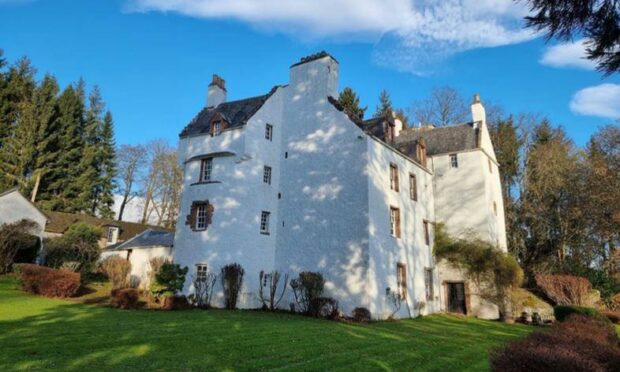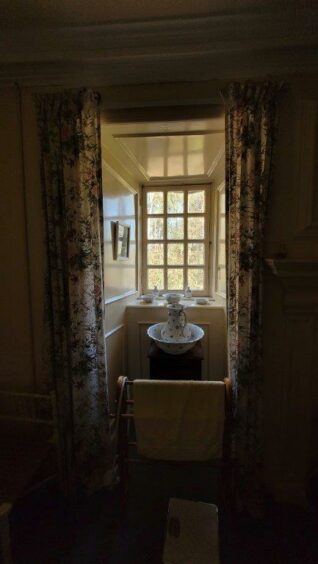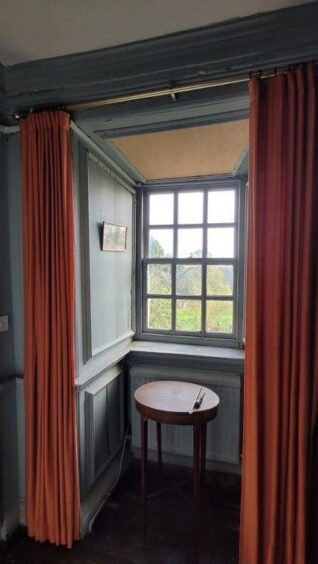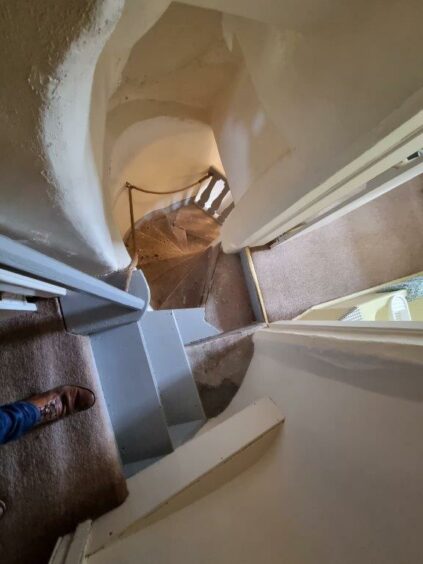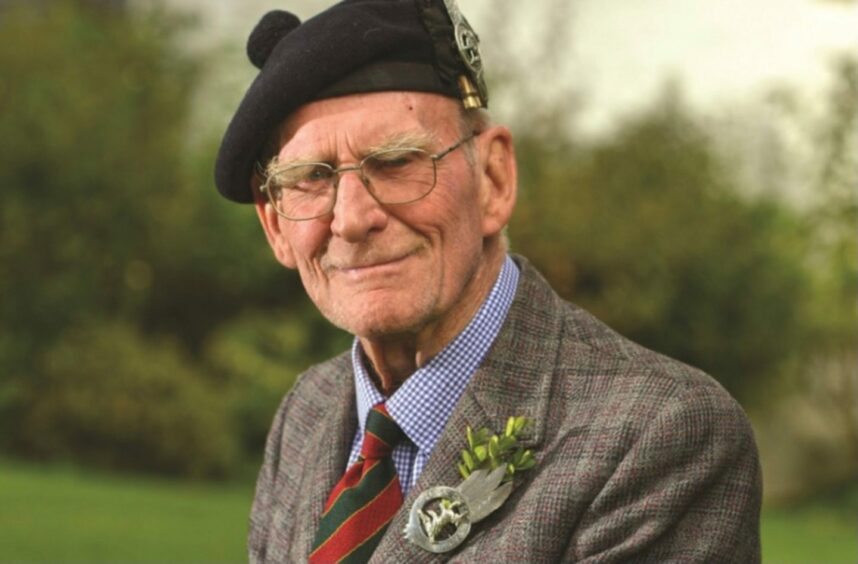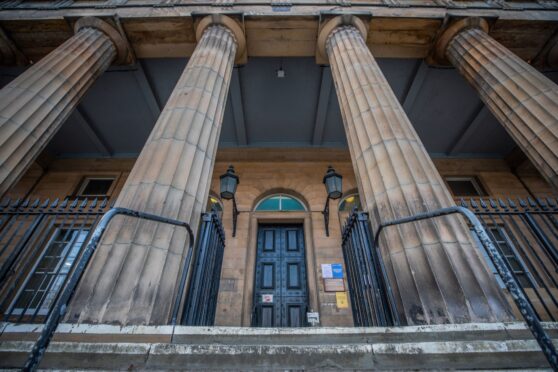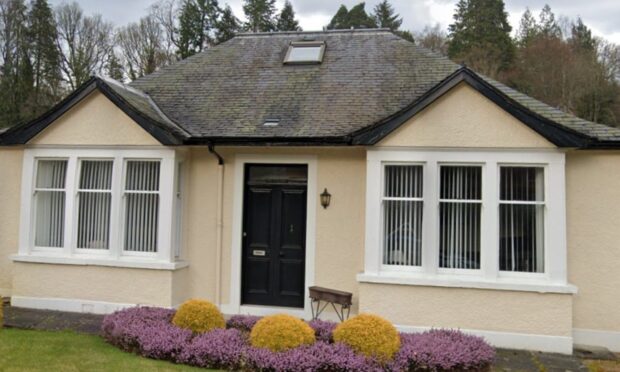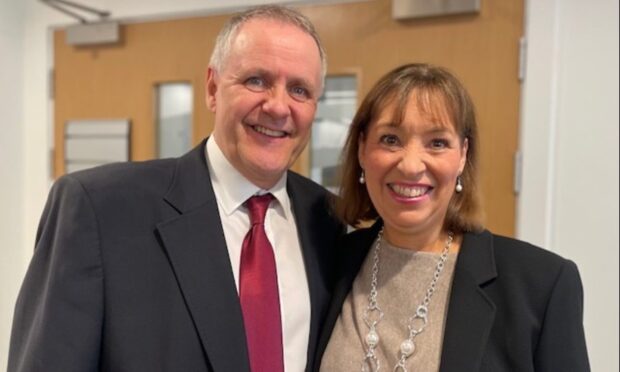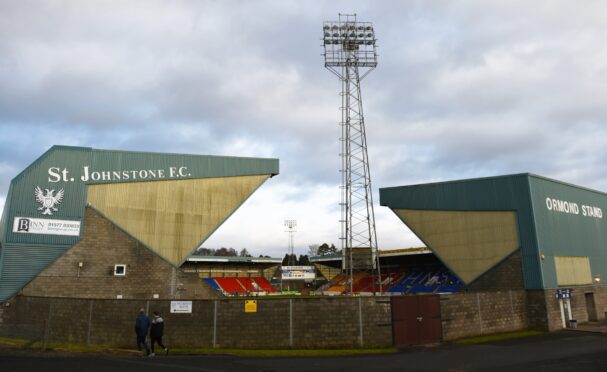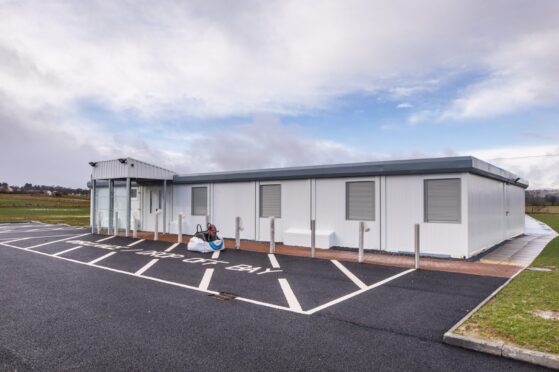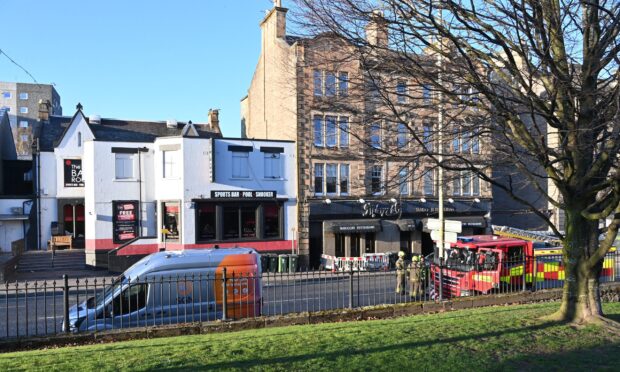A Perthshire castle is set to become available for public use for the first time in its history.
Newton Castle in Blairgowrie, which dates back to the 16th Century, has only ever been used as a family home by the Clan Macpherson.
But now the family have applied to Perth and Kinross Council to turn it into a venue for public use – including accommodation and events.
The building would become available to rent as a whole, rather than individual rooms being let out.
Inside 16th Century castle
The property – which would retain many of its original features – is set over three floors.
The architects involved in the project only plan on renovating parts that have fallen into disrepair.
The castle was originally owned by lawyer, judge and clansman Sir William Macpherson before he died in February 2021.
Mr Macpherson was a prominent High Court judge, and produced the Macpherson Report following the racially-motivated killing of 18-year-old black man Stephen Lawrence in 1993.
The report showed institutional racism in the Metropolitan Police.
The castle is now owned by Mr Macpherson’s children.
Rob Macpherson, director of Fearn Macpherson Architects – which is overseeing the plans – said: “I’ve been working with Clan Macpherson for over 30 years now, and I’m really excited about this.
“The building has such a rich history architecturally, and we really want to stay true to the building’s roots and the buildings science.
“Building science means we need to allow the building to breathe, and we have to be very careful with it.”
Bid to continue William Macpherson’s legacy
Rob, who is no relation to the castle’s owners, added: “I’ve known the family for a very long time, and it’s so important to them to preserve the castle, but also make it sustainable for long-term use.
“I was very good friends with Sir William Macpherson before he passed, and he loved this building, so the family want to continue his legacy through this.
“This project is going to take a bit of time due to us having to be so careful, and make sure we keep all of its historic finishes intact.”
It is hoped the property will become available for use by summer 2023.
